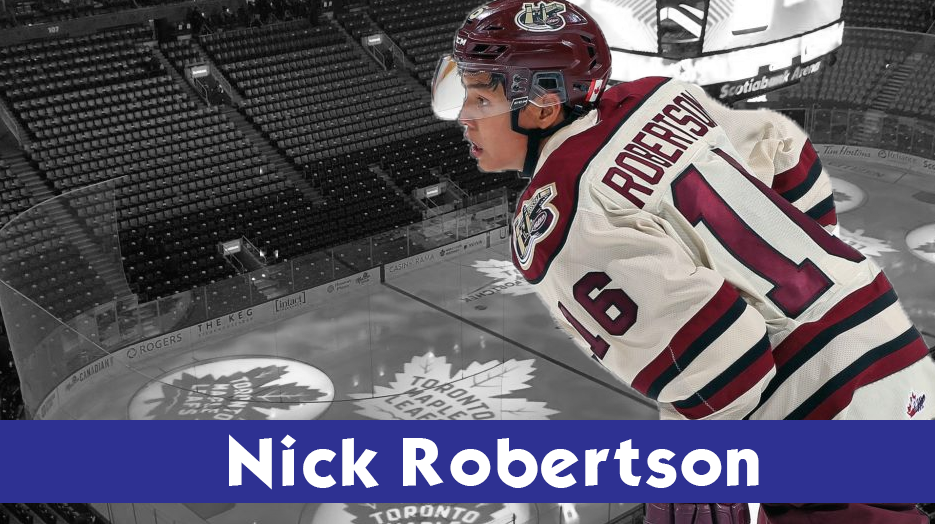What to expect from Nick Robertson this summer
Breaking News
- Craig Berube felt Maple Leafs weren’t direct enough in Game 3 OT loss
- 5 takeaways from Leafs-Panthers Game 3: An electrifying start squandered in Sunrise
- Knee Jerk Reaction: Leafs fall in game of bounces, lose in overtime vs. Panthers
- Former Panther Brandon Montour says Florida will be ready to respond in Game 3
- Panthers’ biggest stars have been quiet against Maple Leafs – but don’t expect that to last
